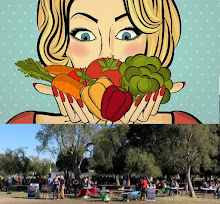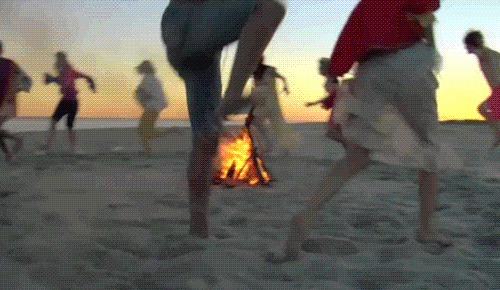 |
| What's the American superpower? Making chocolate (almond) milk 😂 #food #yum |
Super-strong redheaded giants? It's a myth
Who are the Udmurts? Russia’s most red haired and musical ethnic group
.
TIMECODES
- 00:00 Let's do everything the Udmurt way today!
- 00:55 Welcome to the Gerber holiday in Pikhtovka
- 02:15 The important Udmurt ceremony
- 07:00 The festival begins!
- 08:33 Crafts of different districts of Udmurtia
- 10:10 Homeland of Tchaikovsky - Votkinsk City
- 13:18 We found Udmurt food and an Udmurt man :)
- 14:46 The most red-haired ethnic groups of the world
- 15:36 Let's have fun at the festival
Russia seems to be what remains of Tartaria: Who are Russians/Tartars?
- Russian Culture Explained (facts that can't be found on Google searches)
- 📌Elinabakunova.com/russianclub: Russian Speaking Club to practice the Russian language. Join at any level ;)
- 📍 Hanging out with Udmurt babushkas from... - I explored Udmurtia and…met babushkas from Eurovision! (Izhevsk, Russia)
- Who are the Tatars? | Largest ethnic minority in Russia
- Life in a provincial Russian town in the Urals | Perm
- 📸instagram.com/elibakunova...
- More content about Russia, traveling, and my daily life 🤍 elifromrussia (to support channel through Patreon)
Is Tatarstan the remains of Great Tartaria?
- After the Mud Flood, few believe there ever was a Tartaria inhabited by Tartars (remnants Tatars of the ancient empire of Great TARTARIA) who ate raw meat, steak tartare, a kind of pastrami (pastirma), after which was named a famous sauce and dish, so where is Udmurtia?
 |
| The Empire of Tartaria is seen on maps, or what remained of it after the Mud Flood. |
.
What and where is Udmurtia?
Wiki edit by Wisdom Quarterly
UDMURTIA is officially the Udmurt Republic of Russia located in Eastern Europe. It is administratively part of the Volga Federal District. Its capital is the City of Izhevsk. It was established as the Udmurt (until 1931 Votskaya) Autonomous Region on Nov. 4, 1920 [11].
THE NAME UDMURT comes from odo-mort ("meadow people"), where the first part represents the Permic root od or odo ("meadow, glade, turf, greenery"). This is supported by a document dated 1557, in which the Udmurts [12] are referred to as lugovye lyudi ("meadow people"), alongside the traditional Russian name otyaki [13]. The second part murt means "person" (cf. Komi mort, Mari mari).
It is probably an early borrowing from a Scythian language: mertä or martiya ("person, man," Sanskrit Manus or Manushya), which is thought to have been borrowed from the Indo-Aryan term maryá- ("man, mortal, one who is bound to die," cf. Old Indic márya or "young warrior," and marut, "chariot warrior," both connected specifically with horses and chariots [14].
The Indo-Europeanists T. Gamkrelidze and V. Ivanov associate this word with horse-riding Altaic tribes in the Bronze Age [15, 16].
On the other hand, in the Russian tradition, the name "meadow people" refers to the inhabitants of the left bank of a particular river. Recently, the most relevant is the version of V. V. Napolskikh and S. K. Belykh. They suppose that ethnonym was borrowed either from Indo-Iranian anta or "outside, close, last, edge, limit, boundary," or the Turkic-Altaic anda/ant "oath (in fidelity), comrade, friend" [17].
HISTORY started on Nov. 4, 1920, when the Votyak Autonomous Oblast was formed [3]. On Jan. 1, 1932, it was renamed the Udmurt Autonomous Oblast [18], which was then reorganized into the Udmurt ASSR on Dec. 28, 1934 [3].
During World War II, many industrial factories were evacuated from the Ukrainian SSR and western borderlands to Udmurtia. On Oct. 11, 1991, the Supreme Council of the Udmurt ASSR adopted a law according to which the Udmurt ASSR acquired a new name — the Udmurt Republic [19]. More: Udmurtia
- Eli from Russia (YouTube), elinabakunova.com; Pat Macpherson, Amber Larson, Dhr. Seven (eds.), Wisdom Quarterly, December 2024
























































































































































































































































No comments:
Post a Comment